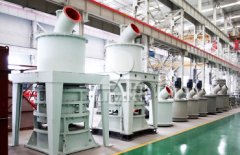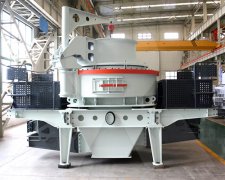difference between gypsum and marble
Gypsum and marble are two distinct minerals with different physical and chemical properties. Here are some of the key differences between the two:
1.Composition: Gypsum is a soft sulfate mineral composed of calcium sulfate dihydrate (CaSO4·2H2O), while marble is a metamorphic rock primarily composed of calcium carbonate (CaCO3).
2.Appearance: Gypsum is a white or gray mineral with a silky luster and a hardness of 1.5-2 on the Mohs scale. Marble, on the other hand, comes in a range of colors (such as white, black, gray, pink, and green) and has a hardness of 3-4 on the Mohs scale.
3.Formation: Gypsum typically forms in sedimentary environments, such as evaporite deposits, where it precipitates out of water. Marble, on the other hand, forms when limestone or dolomite undergoes intense heat and pressure, causing the mineral structure to recrystallize.
4.Uses: Gypsum is commonly used in the construction industry as a building material, particularly for drywall and plaster. Marble, on the other hand, is often used for decorative purposes, such as in sculpture, flooring, and countertops.
Overall, while both gypsum and marble are calcium-containing minerals, they have distinct differences in composition, appearance, formation, and uses.




